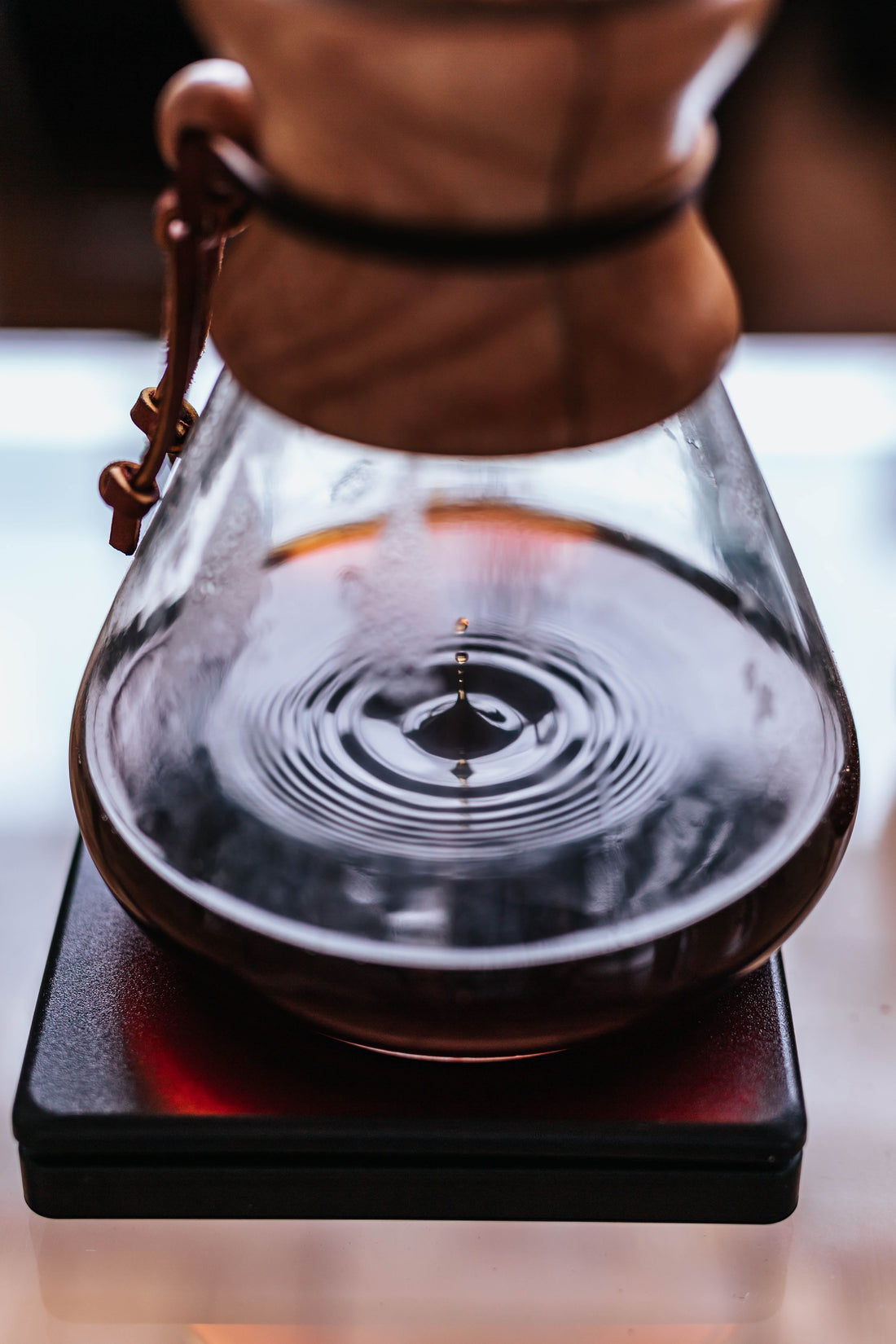
Why are some coffees more acidic than others?
Coffee’s acidity varies widely depending on origin, bean variety, roast level, and brewing method. Coffees from East Africa, such as Ethiopian or Kenyan beans, are known for their high acidity, often described as bright or citrus-like. In contrast, coffees from Brazil or Sumatra tend to have lower acidity, resulting in a smoother, rounder taste. Light roasts typically preserve more of a coffee’s natural acidity, while darker roasts mellow these acidic notes, emphasizing bolder, smokier flavors instead.
Acidity is a key player in defining coffee’s flavor profile—it adds liveliness, complexity, and a pleasant tang that can remind you of fruits like green apple, lemon, or berries. Without acidity, coffee can taste flat or dull. Brewing methods can either enhance or soften these acidic qualities. Pour-over and Aeropress methods, for example, tend to highlight acidity due to quicker extraction times and paper filtration. On the other hand, cold brew and French press often yield a lower-acid cup with a smoother, richer body. Ultimately, understanding coffee’s acidity helps you better appreciate its nuanced flavors—and even tailor your brewing method to suit your taste.
